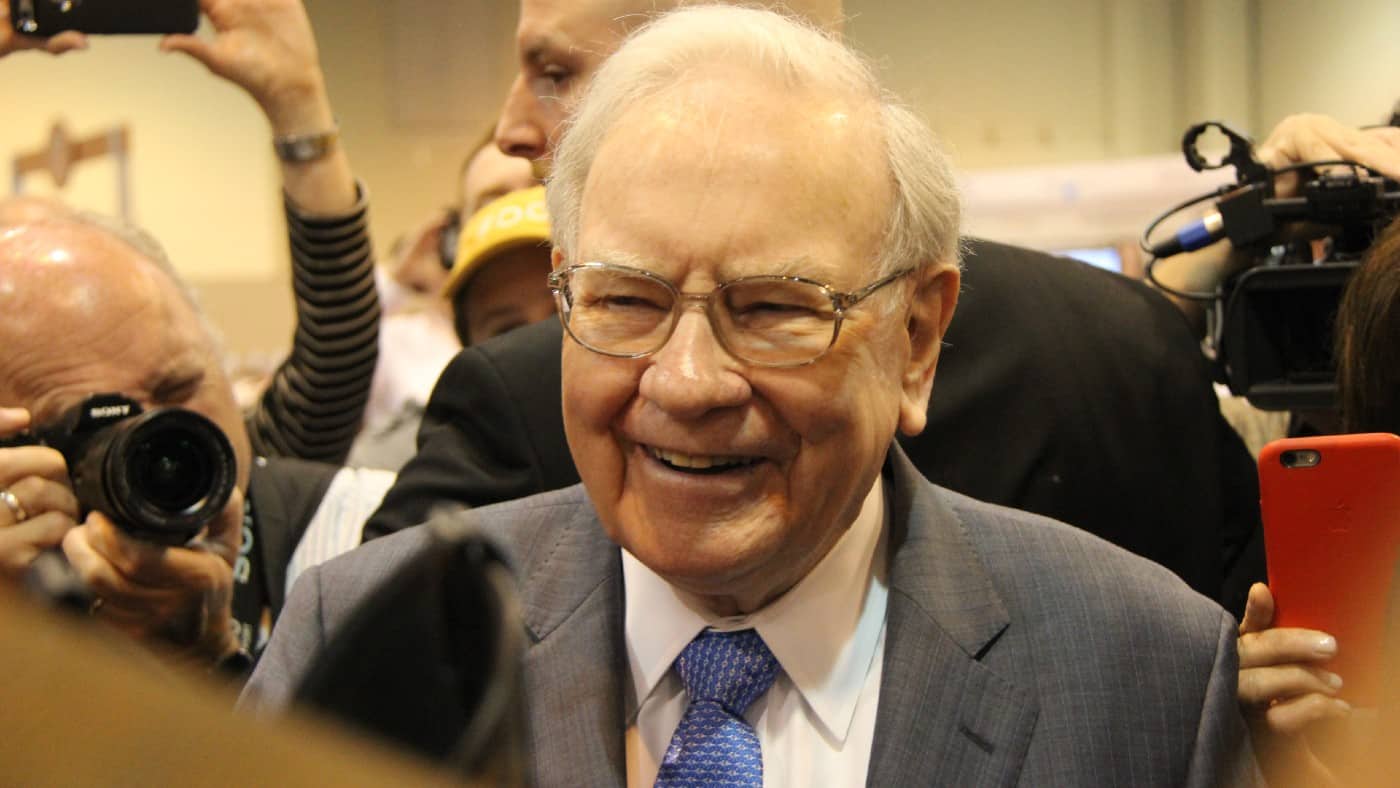Billionaire investor Warren Buffett has been showing me how to build wealth with stocks and shares for decades.
Not directly — he’s not my uncle or anything — but he’s been trying to teach everyone who’ll listen almost every time he speaks.
Indeed, he’s full of wisdom. And it’s been gained from a thinking mind and a lifetime of successful experience investing in stocks and businesses.
He loves the ‘game’ of investing. And he enjoys teaching his insights as well. That much became clear to me when I read his authorised biography by Alice Schroeder called The Snowball. And the title of the book serves as a Buffett lesson about how he went about building his vast financial fortune. In fact, I reckon it’s his supreme tip, as I’ll explain.
An accelerating process
But in my part of the UK, we don’t get much snow now. However, I remember getting loads of it in the 1970s. And as kids we also made huge snowballs starting from little ones. Of course, we began with vicious snowball fights. And only started rolling bigger balls of snow when we became bored, or when too much of the cold, wet stuff had found its way inside our shirts. And all of that’s a bit like how I wasted time in my 20s by not applying myself to the process of saving and growing my money.
However, those huge snowballs are what Buffett was likely thinking off when he authorised the title of his biography. Making big snowballs that get larger the more you roll them is similar to the way he built his fortune from stocks and shares over decades.
The interesting thing about making giant snowballs is that the process often accelerates and tends to become easier the more we do it. When the ball is small, it needs to be rolled back and forth many times before we notice much difference in the size. But when it’s above knee height, one roll picks up the entire three-inch snow blanket covering the lawn. And sometimes the momentum is so great that you get a dog bowl stuck on, or whatever else was underneath before the snow came.
The power of compounding gains
The whole process is just like compounding gains from the stock market. And that’s regardless of whether they are capital increases from rising share prices or income from dividends. The overall returns often get bigger the longer we keep on building gains upon earlier gains. And the rate of absolute returns tends to accelerate exponentially over time.
There’s no guarantee that investing in stocks and shares will lead to exponential returns in the long run. But understanding the process of compounding gains was so important to Buffett’s success that he used an analogy to describe it and had it pinned as the title of his authorised biography.
If I’d fully understood the importance of the process of compounding at 27, I’d likely be a lot richer now. But it’s never too late to begin compounding wealth. So thank you Mr Buffett for your supreme tip!







